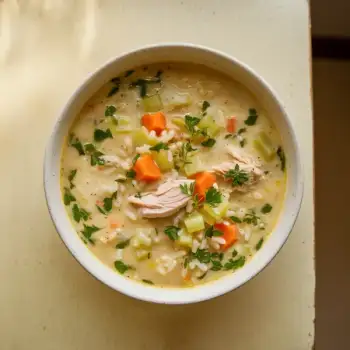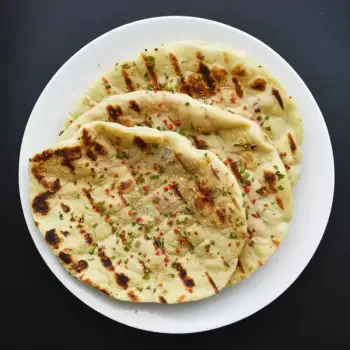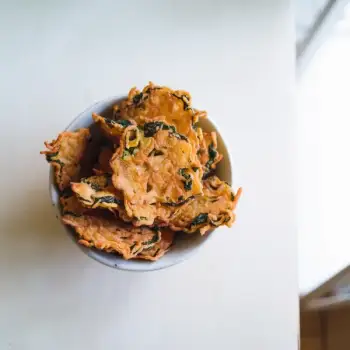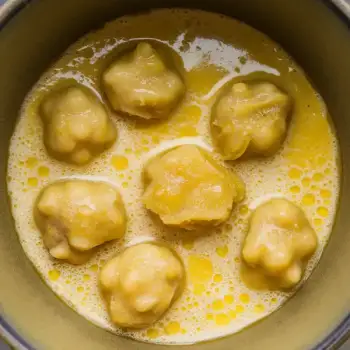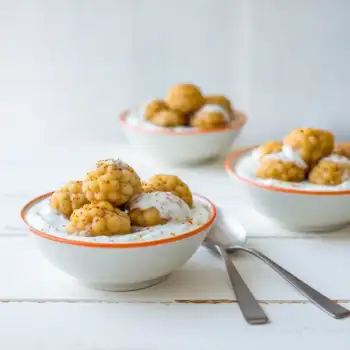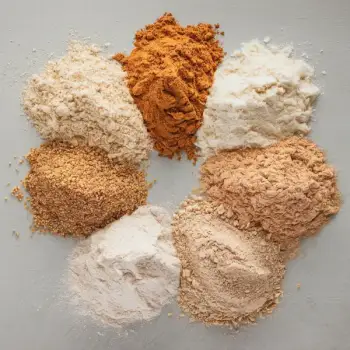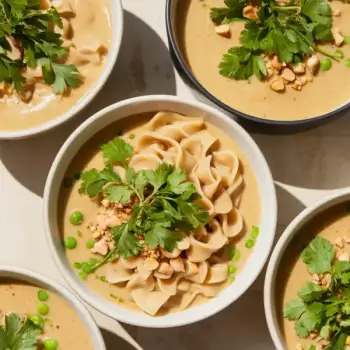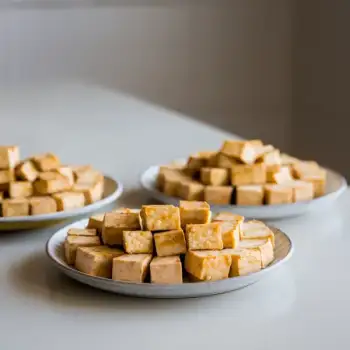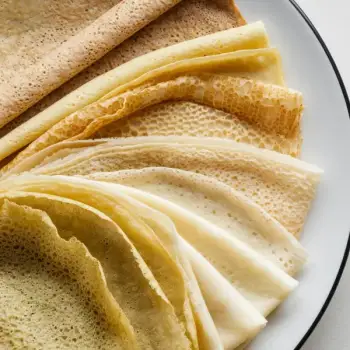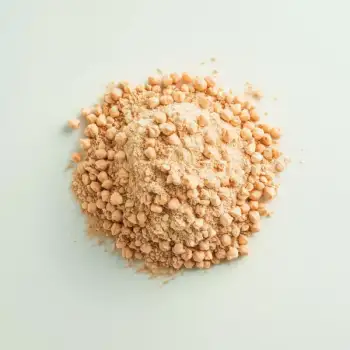


Raw
Chickpea flour, also known as besan or gram flour, is a fine powder made by grinding dried chickpeas. It's commonly used in gluten-free and grain-free cooking.
Organic
Organic chickpea flour is made from chickpeas that have been grown without synthetic pesticides or fertilizers, appealing to those seeking a more natural product.
Stone Ground
This type of chickpea flour is ground using traditional stone milling techniques, which can result in a coarser texture and more robust flavor.




raw chickpea flour: Bob's Red Mill
organic chickpea flour: Arrowhead Mills
stone ground chickpea flour: Traditional Foods Market

Roasting: Roasting chickpea flour in a dry pan over medium heat until it changes color slightly and emits a nutty aroma can enhance its flavor. This is a common practice in Indian cooking before using the flour in recipes like ladoos or as a thickener.
Thickening: Chickpea flour can be used as a thickener for soups, sauces, and gravies. It should be mixed with a cold liquid to form a lump-free paste before adding it to the hot liquid, then simmered until it reaches the desired consistency.
Batter-based Cooking: Chickpea flour is often used to make batters for pancakes, crepes, or fritters. The batter should be smooth and well-rested to allow the flour to hydrate and the flavors to meld. Cook on a well-oiled skillet or pan until golden brown on each side.




